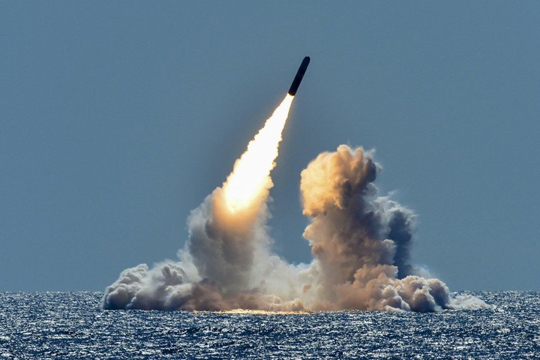
As the U.S. military enjoys enormous budgets ($718 billion this year, rising possibly to $750 billion for 2020), Americans are told not to dream big. There might just be a connection here.
Due to budget deficits (aggravated by the Trump tax cut for the rich), Americans are warned against big projects. Single-payer health care? Forget about it! (Even though it would lead to lower health care costs in the future.) More government support for higher education? Too expensive! Infrastructure improvements? Ditto. Any ambitious government project to help improve the plight of working Americans is quickly dismissed as profligate and wasteful, unless, of course, you’re talking about national security. Then no price is too high to pay.
In short, you can only dream big in America when you focus on the military, weaponry, and war. For a democracy, however, is that not the very definition of insanity?






